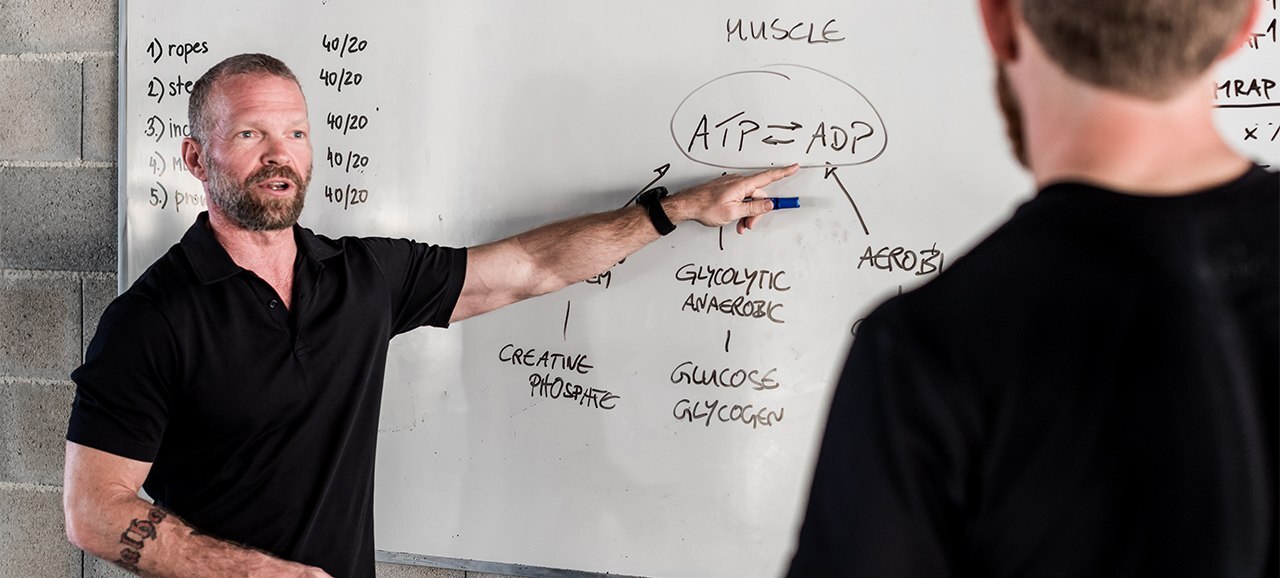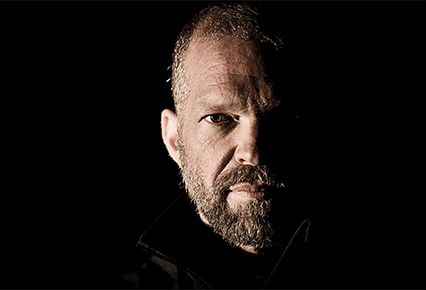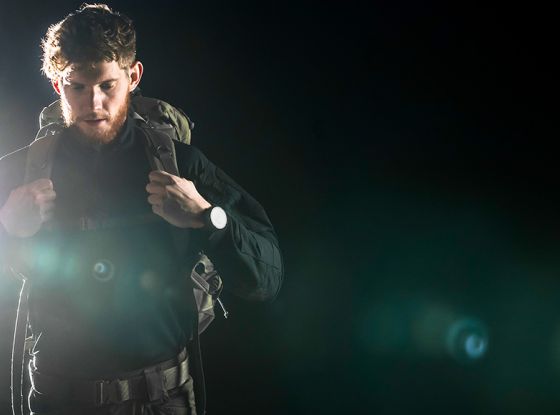Special Forces selection training plans are nowadays easily accessible to everyone with an Internet connection. However, search using the term “best SF selection training plan” and you’ll retrieve countless listings, each promising you massive gains in physical strength and endurance. In this “Pro’s Guide to SF Selection” blog post, expert Mike Strauch tells you what to look for in an SF selection training plan that’ll do you the most good.
In this blog post:
Introduction
This blog post focuses on the final piece of the SF selection and assessment process. Mainly, we’ll be discussing how to plan and execute your training program for best results.
When you are preparing for SF selection, it helps to have a written “battle plan” (also known as your personal program).
Once you decide on a program and have a plan, stick to it. You can’t be changing things every couple of weeks just because you aren’t satisfied with the immediate results.
Recognise that no plan survives its first contact with the enemy, so you have to be able to improvise. Once you decide to start the plan, it’s go-time. Stick with it, keep going, make it non-negotiable, and be consistent.
You need to think through what you want to achieve. You need a solid base from which you can make adaptations if needed and still be on the right track.
Types of training programs
The “champions” program
This is one you might want to avoid. An example of a “champions” program is Bulgarian weight training. What’s wrong with this program is, first, they only accept into it people who are blessed with great genetics and, second, the people they pick are always too young. Then they are trained hard. A lot of them eventually become injured and have to be cut from the program as a result. So, when you look at the total number of people selected for this training, only a very few of them have a chance of eventually becoming a champion. You have to ask, at what cost to all else considered was champion status attained?
How likely are you to see positive results by using such a program? Not very likely, in my estimation.
One-size-fits-most programs
Also available on the Internet are generalized training programs. Quite a few are developed by ex-special operations soldiers who have made a second career in the coaching field. I think it may be worth considering these programs, especially if you come across one looked upon favorably by the unit you’re trying out for.
The benefit of a one-size-fits-most program is that the person who designed it knows exactly what is expected of you. However, the shortcoming of the program is basically that it’s made for a wide swath of people, not specifically for you. That means you may need to make some adjustments to tailor it to your needs in order to get the most from it.
Personal training
This brings us to the next option, personal training. If it’s really your dream to pass the selection, you should be willing to pay the price and hire a coach.
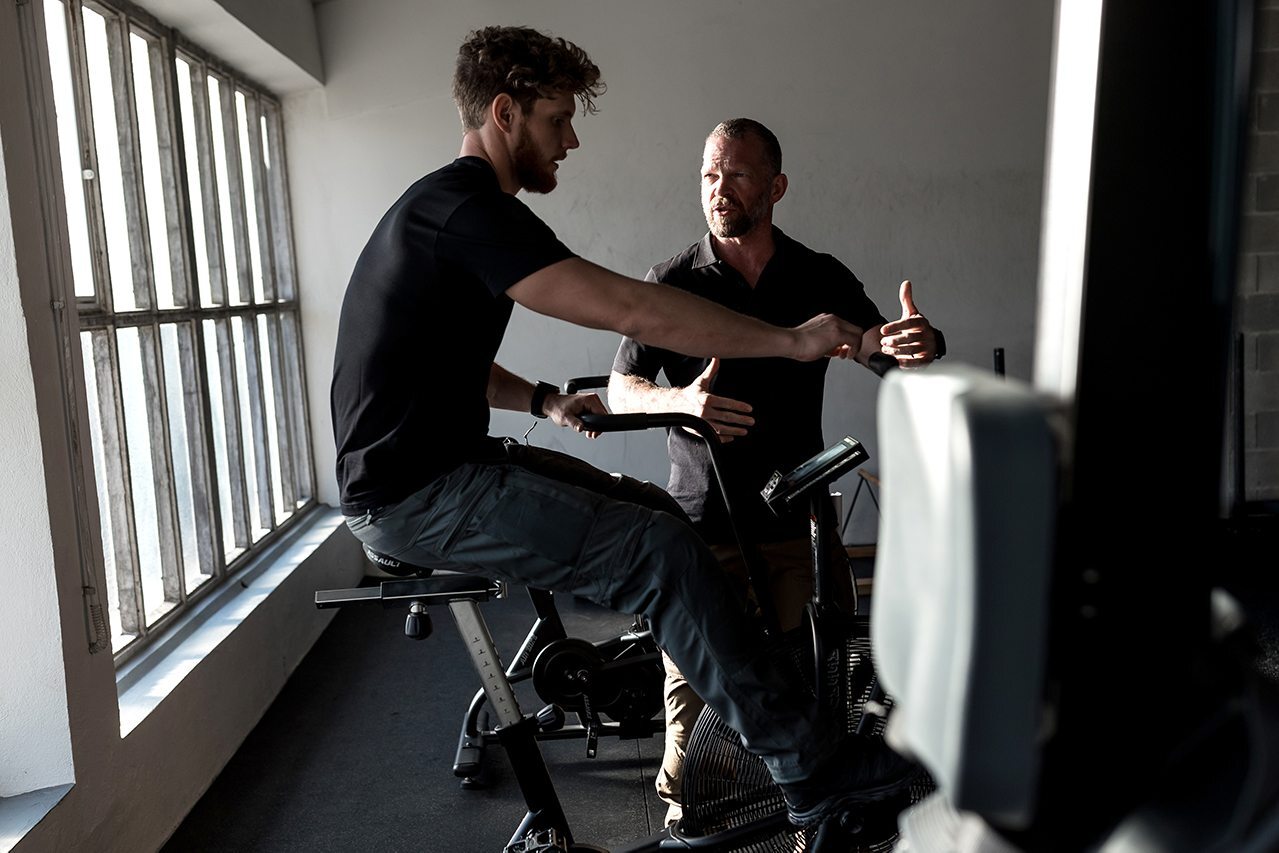
My suggestion is you find someone who has a military background and some experience preparing people for SF selection.
Just remember, though, that someone who was an excellent athlete is not necessarily someone who will be an excellent coach. So exercise care when shopping for a coach.
Designing your own training
You of course always have the option of designing your own program. But you should go this route only if you know what you’re doing. The problem with self-designed training is you don’t have any external overwatch. The best solution would be to get a training program that originates with the military and then adjust it to your personal needs.
When designing your own program you need a starting point, which here would be objective values concerning your performance. For example, if you want to be a Navy seal but are not a good swimmer, you just have to accept that your numbers are going to be nowhere near where they are supposed to be and adapt the plan accordingly.
The second thing you need is an endpoint. That’s the qualitative place or position you need to reach in order to be able to declare that your goal has been met. Once you have your endpoint identified, you can start moving your plan from point A to point B.
Symptoms of overtraining
Be alert for the symptoms of overtraining. One of them is an increased heart rate in the morning when you first wake up.
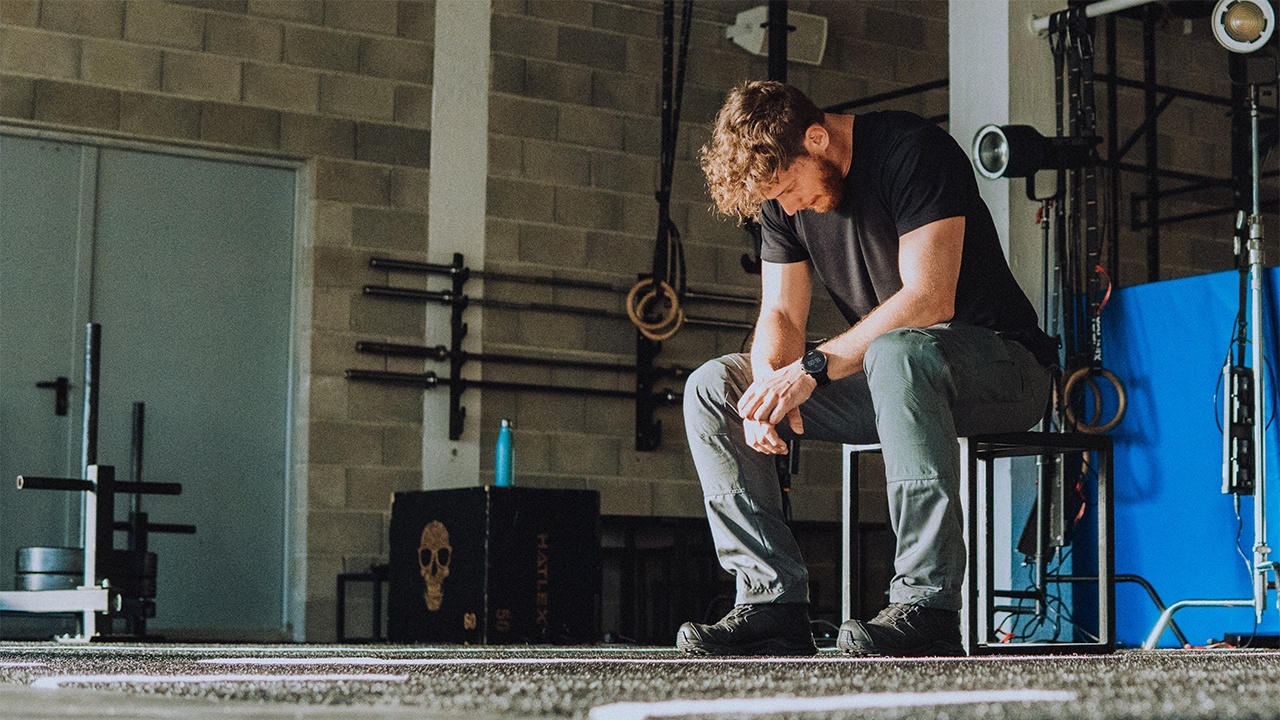
Check your heart rate every morning and write it down, for that is the only way to recognise if something is wrong with it. Other symptoms include:
- Muscle soreness
- Anxiety
- Exhaustion
- Lack of will to workout
Your response to these symptoms as soon as they show up should be to immediately switch to no training or to active recovery. The latter is boosted by spending time in a sauna, getting a massage, making sure your nutrients are in check, and getting enough sleep. Once the symptoms go away, you can start training again.
And always remember, your body knows best. If you sometimes don't feel like doing the exercises or working with the amount of weight prescribed in the workout, just change it. Don’t be a slave to your workout.
Structuring your own plan
When structuring your daily workout, you should include movements and exercises for warming up, technique development, power building, strengthening, and endurance conditioning.
For microcycles, I suggest three weeks of work and one week of recovery. If your workout plan leaves you with a lot of unused time, I suggest you fill those minutes and hours with a focus on strengthening, because strength takes the most time to increase.
You don’t need to inject into your workouts a lot of complexity, unless you are already performing at a very high level of athletic sports.
Warmups
This you’re going to want to keep simple. I do that by splitting warmups into general and specific parts.
- General. Do these daily.
- Specific. These connect to other aspects of your training; you will be doing them later in the workout.
Strength training
You’ll want to include the movements described in the previous blog post. To refresh your memory, those movements include squats, vertical pushes, horizontal pushes, and several more. Read about strength training here.
Endurance workouts
These are also referred to as metabolic conditioning. The emphasis in these workouts is on the specific timeframes within which you want to do your training.
Running and carries
These are events you can do every day.
Examples of running events are sprints and tempo thresholds, which you would follow with cyclical aerobics.
For the carrying events, you can include:
- Sled pushes
- Waiter walk
- Bearhug walk
- Farmer’s walk
- Overhead walk
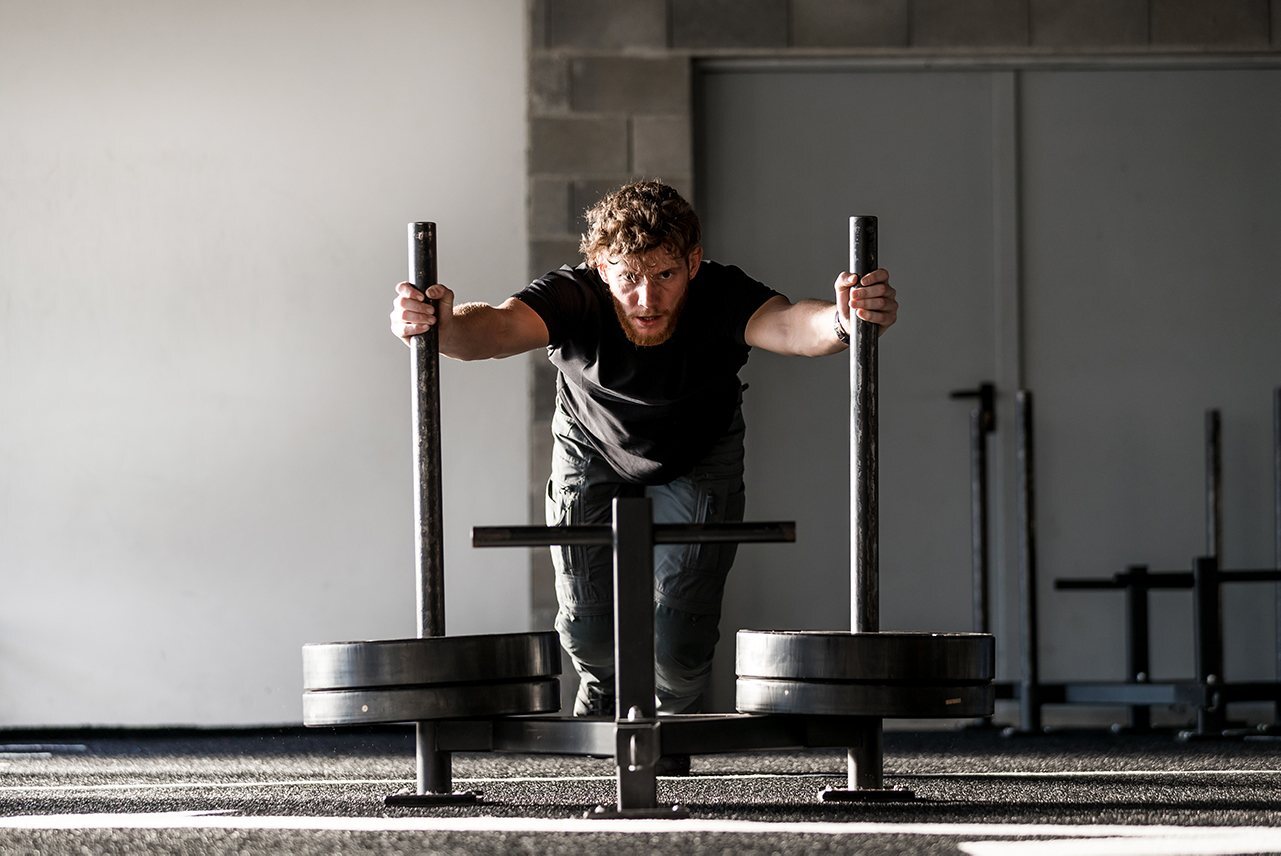
Conclusion
As you see, programming can be quite demanding. For that reason, a lot of people like to have a training partner, since a training partner helps you be accountable. However, you shouldn’t really need someone to push and motivate you if you are getting ready for SF selection—having to draw motivation from another person for this purpose is a bad foundation to build on.
On the other hand, if someone wants to train with you, then by all means train with him. Ideally, your training partner is a candidate for the same SF selection as you.
Also, make sure you give yourself enough time to prepare for SF selection. Don’t feel that you have to race to meet the next available session if doing so would shortchange you on preparation time. Besides, since some selections allow only a limited number of attempts (or even just one) to pass, it can be smarter to not rush but instead take a longer route so that you can really injury-proof yourself and give yourself the best shot at making the selection.
In truth, selection is a never-ending process. It requires you to earn your spot with the team every single day.
I sincerely hope the advice offered to you here has helped you understand just how much time, effort, and sacrifice it’s going to take to get ready for selection.
No one said it would be easy, but everyone who has gone through it says it was definitely worth it.
I wish you all the best on your journey. I hope to see you soon. Now get in there and crush it.

